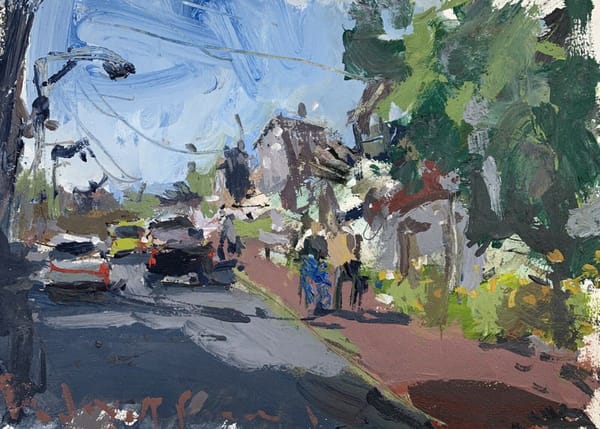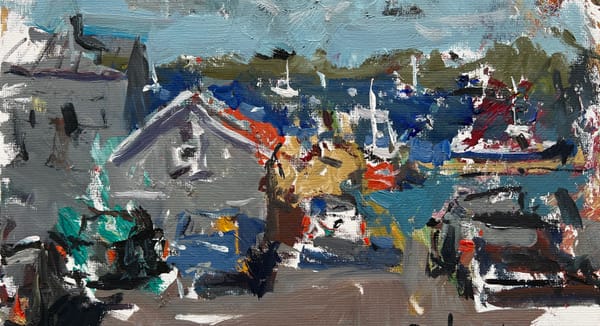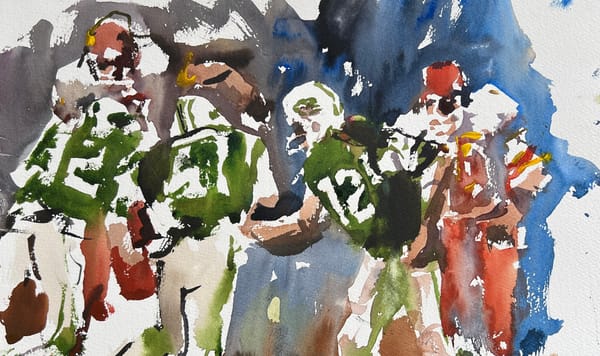Mastering Watercolor Painting in 8 Simple Steps
Join us in this comprehensive tutorial where we will guide you through the 8 steps of mastering watercolor painting like a pro.

Discover the wonders of watercolor painting, an exquisite art form accessible to artists at any proficiency level. Join us in this comprehensive tutorial where we will guide you through the step-by-step process of mastering watercolor painting like a pro. From fundamental principles to advanced techniques, we will cover it all.
By the time you reach the end of this tutorial, you will possess the skills to craft breathtaking watercolor artworks that will astonish those around you. Don’t hesitate any longer – gather your paints and brushes, and let’s embark on this artistic journey together!
8 Steps For Learning To Paint With Watercolor
Unlock your creativity and overcome beginner burnout in watercolor painting. Embarking on your watercolor journey can be both thrilling and daunting, often causing beginners to feel overwhelmed and lose motivation.
However, by following these eight essential steps, you can pave the way for long-term success and reignite your passion for this beautiful art form. Get ready to tap into your artistic potential and embark on a rewarding watercolor painting adventure!

Step 1: Let’s start by gathering the essential supplies to kickstart your watercoloring journey.
To begin, you’ll need high-quality watercolor paints, brushes, a cup of water, a palette, and watercolor paper. Unlike regular drawing or painting paper, watercolor paper is specifically designed to withstand more water without warping or buckling.
You can easily find watercolor paper at your local art supply store or conveniently order it online. Don’t worry about the research; we’ve got you covered! Crafted by Robert recommends the following supplies for both beginners and professionals.
Watercolor Paints: Opt for artist-grade paints and keep your color palette minimal. The ten essential colors you’ll need are yellow ochre, cadmium yellow lemon, ultramarine blue, cobalt blue, alizarin crimson, cadmium red light, neutral tint, burnt sienna, raw umber, and white gouache.
Watercolor Brushes: Remember, less is more when it comes to brushes. You’ll need a large wash brush, #12 & #6 pointed round brushes, and a dagger brush for creating impressive linear strokes.
Paper: Choose artist-grade 140 lb. cold press watercolor paper in sheet form. Sheets offer versatility as they can be easily cut to any desired size, and both sides are usable. Buying paper in bulk is a cost-effective option.
Miscellaneous Supplies: Prepare two water reservoirs, masking tape, a firm paint-board, an item to elevate the back of the board to allow washes to run downhill, and paper towels.
By acquiring these supplies, you’ll have everything you need to dive into the captivating world of watercolor painting. So, let’s move on to the next step and unleash your creativity!
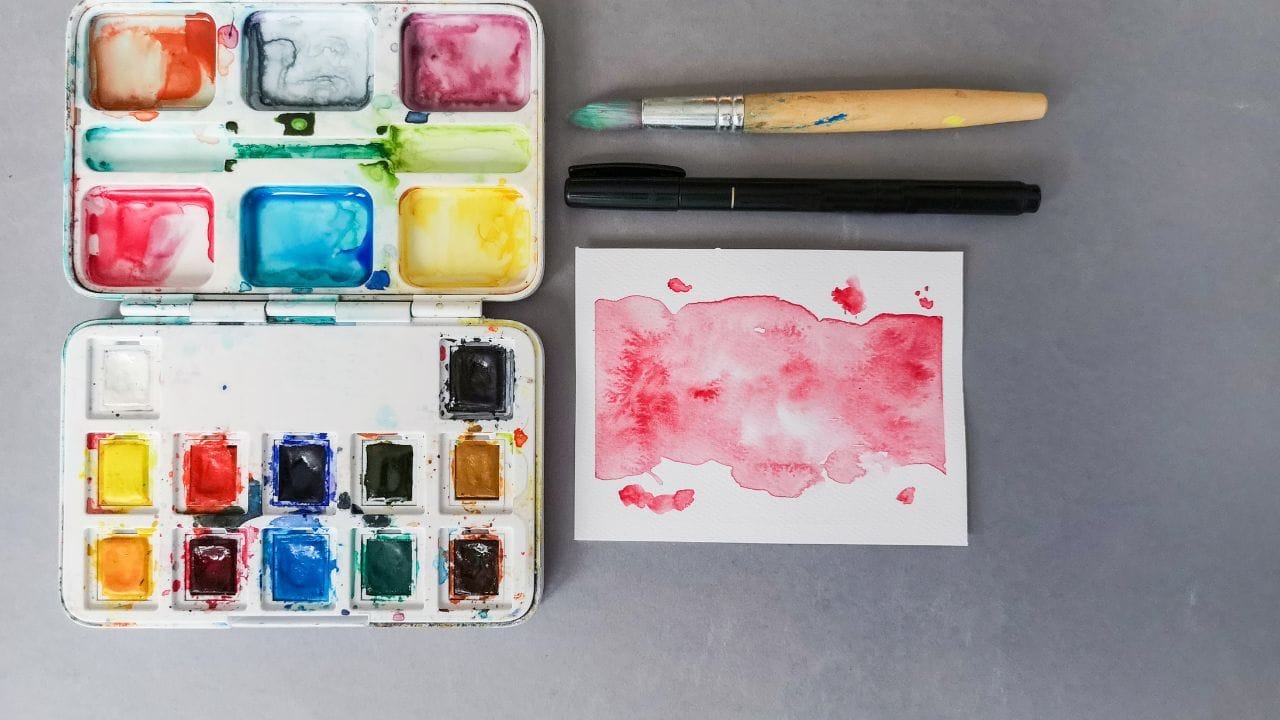
Step 2: Prepare your ideal creative workspace to enhance your productivity and enjoyment while exploring the art of watercolor painting.
Having a designated area for your artistic endeavors allows you to work freely without concerns about mess or limitations. Look for a suitable table or desk that can serve as your dedicated watercolor painting station. If space is limited, consider clearing off a section of your countertop or coffee table.
Ensure that the area is well-lit to accurately perceive colors and details, and make sure to have a comfortable chair that supports your creative process. With a well-organized and inviting workspace, you’re ready to unleash your artistic potential.
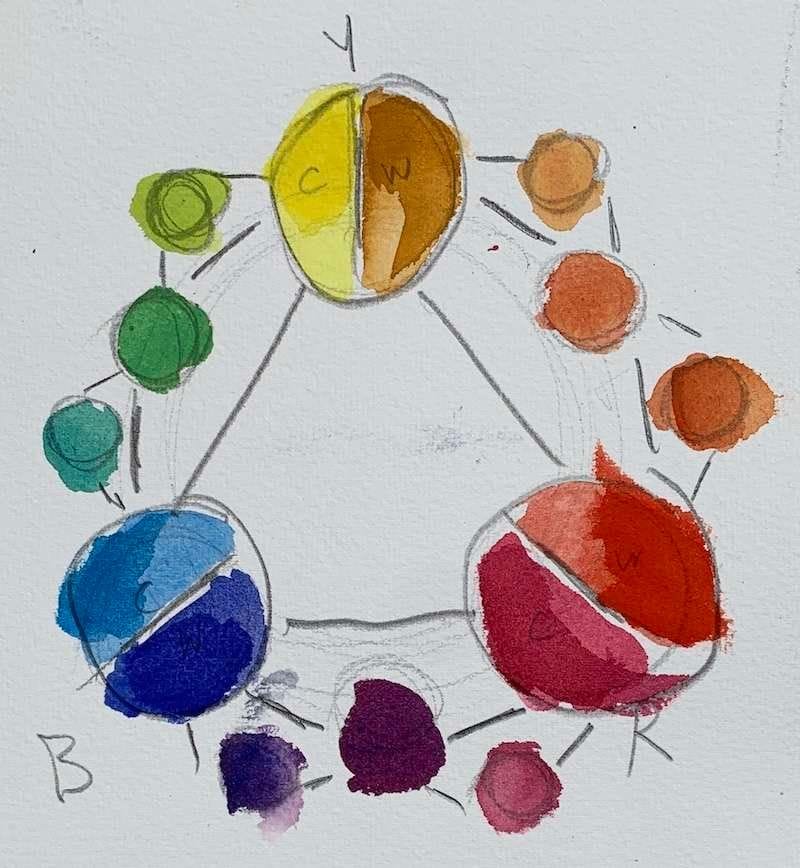
Step 3: Master the art of color mixing and become a watercolor virtuoso through the creation of comprehensive color charts.
To achieve stunning watercolor paintings, it’s crucial to grasp the harmonious interplay of colors. Follow these three valuable tips to sharpen your color-mixing skills:
Opt for a limited palette of colors, enabling you to delve into the intricate relationships and reactions between hues when blended.
Dedicate time to practice mixing colors on your palette, gaining a deep understanding of the diverse outcomes yielded by various combinations.
Create detailed color charts that focus on gradations, values, and temperatures, providing a visual reference for your future artistic endeavors. For further guidance, check out this insightful article on creating comprehensive color charts. By embracing these techniques, you’ll unlock the potential to unleash breathtaking watercolor masterpieces.
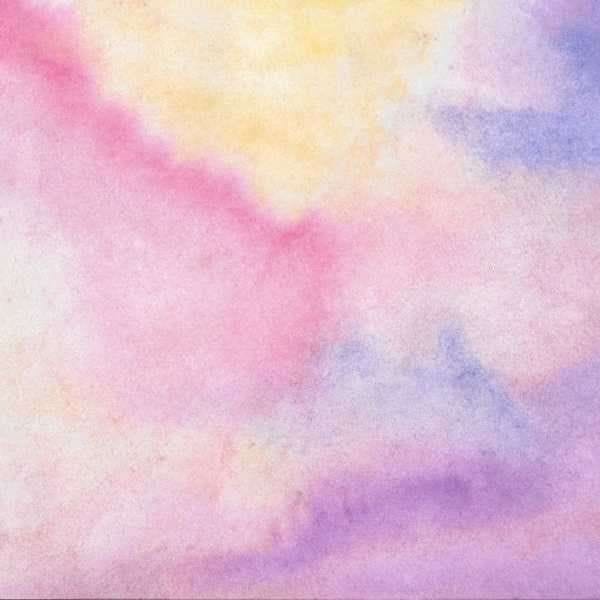
Step 4: Energize your painting sessions by incorporating simple warm-up exercises into your routine.
Prior to delving into your watercolor masterpiece, take a moment to prepare your hands and wrists, preventing potential cramps and stiffness. Here are a few invigorating exercises to get you started:
Wrist circles: Rotate your wrists in small circles, engaging the muscles and promoting flexibility. Aim to repeat this motion for approximately 30 seconds.
Finger curls: Form a fist by curling your fingers inward, then release the tension by straightening them. Repeat this exercise for about 30 seconds to enhance dexterity.
Mark making: Unleash your creativity on scrap paper through expressive marks. This exercise allows you to loosen up, have fun, and ignite your artistic spirit.
By incorporating these warm-up exercises into your watercolor routine, you’ll not only promote physical well-being but also establish a positive and invigorating mindset for your painting endeavors.
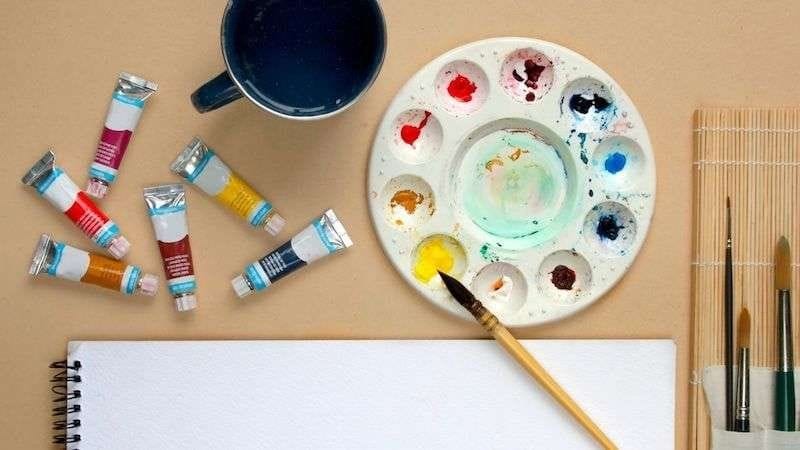
Step 5: Simplify your watercolor painting journey by selecting suitable subjects that align with your skill level.
For beginners, it is recommended to start with straightforward subjects like fruits, vegetables, basic forms, and organic shapes. These subjects provide an excellent foundation for practicing fundamental watercolor techniques.
As you gain confidence and proficiency with the medium, feel free to explore more intricate subjects, such as elaborate landscapes, captivating animals, and expressive portraits. By gradually challenging yourself with increasingly complex subjects, you’ll broaden your artistic repertoire and unlock new possibilities in your watercolor painting endeavors.

Step 6: Establish a regular painting routine by allocating dedicated time to your artistic practice.
For beginners, it is recommended to initially set aside 15-20 minutes each day for painting. As you become more comfortable and engrossed in the process, gradually increase the duration of your painting sessions. Consistency is key, and by gradually extending the time devoted to your craft, you will make steady progress and develop your skills in watercolor painting.
Step 7: Assess your growth and development as a watercolor painter by employing effective progress tracking methods.
Consider keeping a painting journal where you can document and observe your improvement over time. Additionally, capturing photographs of your artwork at various stages allows you to visually compare and appreciate your progress. By consistently monitoring your advancement, you can gain valuable insights, celebrate achievements, and identify areas for further growth in your watercolor painting journey.

Step 8: Prevent the common issue of beginner watercolor burnout by implementing effective strategies.
Set achievable goals and give yourself ample time to learn and master the fundamentals of watercolor painting. Engaging with online watercolor painting communities or enrolling in classes can provide valuable feedback and encouragement, helping you navigate challenges and stay motivated. Remember to enjoy the process and embrace the learning journey, ensuring a fulfilling and enduring experience with watercolor painting.
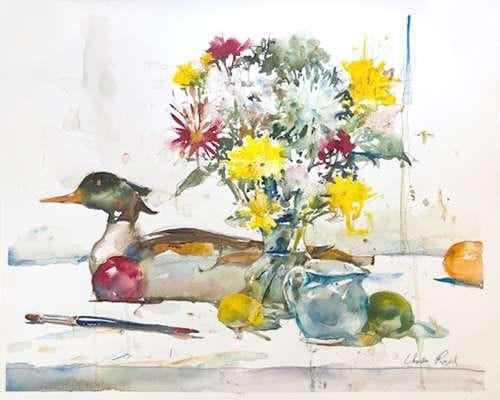
Bonus Tips! If you’re facing challenges with finding your watercolor groove, consider these helpful suggestions:
- Explore objects in your studio and home: Utilize familiar items that are part of your daily life, such as a lamp, coffee cup with paintbrushes, or an iPad with paint tubes. Keeping the subjects simple and personal can inspire creativity.
- Seek inspiration from other artists: Look at the work of fellow artists for ideas and techniques to incorporate into your own style. Instead of copying their art, focus on borrowing elements that intrigue you, like studying their approach to urban-scapes or learning from their methods of painting flowers, light, and shadows.
- Join online watercolor painting communities: Engage with like-minded artists on platforms like Facebook or Instagram, where you can find groups that align with your interests. These communities provide motivation, support, and valuable tips for continuous learning.
- Enroll in a reputable online course: Consider taking high-rated courses by renowned artist Robert Joyner. These courses offer valuable insights and guidance for aspiring watercolor painters.
Final Thoughts
In conclusion, we hope this article has provided you with a better understanding of how to approach watercolor painting. Remember to embrace patience, take your time, and enjoy the process. Experiment with various techniques and colors to discover your unique style. Don’t hesitate to share your creations with us—we’d love to see what you’ve accomplished!
Do you have any additional tips for watercolor painting? Share them in the comments below! Keep practicing, and soon you’ll become a skilled watercolor artist. Happy painting! 🙂

